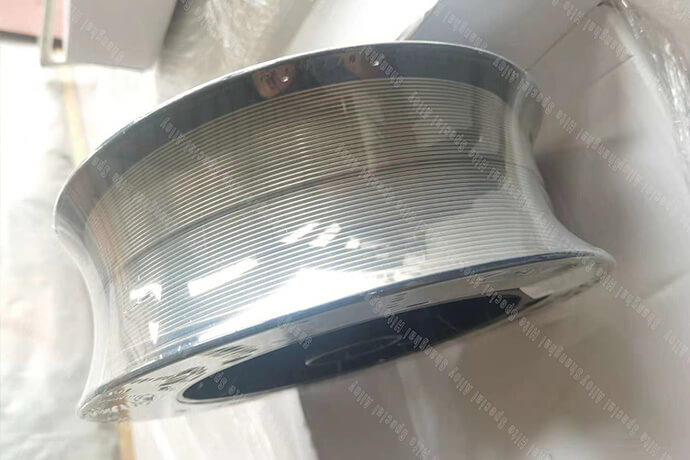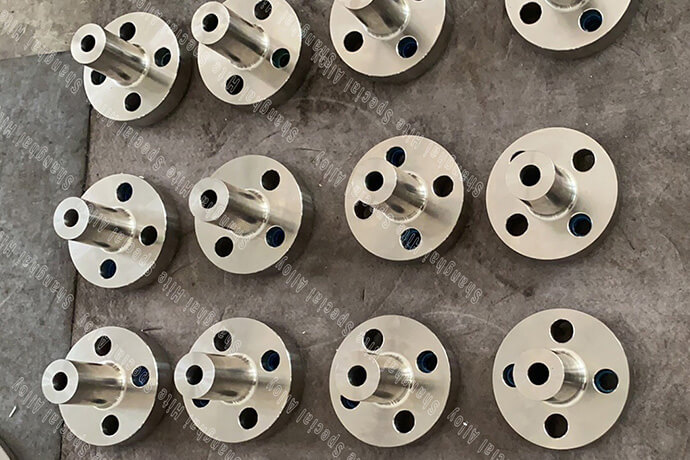The global nickel resource reserves are very rich, and the content of nickel ore in the earth's crust is about 0.018%. Nickel ore can be divided into laterite nickel ore (nickel oxide ore) and nickel sulfide ore. Lateritic nickel ores are mainly distributed in tropical countries within the Tropic of cancer, mainly including Cuba, Brazil, Indonesia, the Philippines, Australia, New Caledonia, Papua New Guinea, etc; Nickel sulfide ores are mainly distributed in Canada, Russia, Australia, China and South Africa.
According to USGS data, in 2017, the global nickel reserves were about 74 million tons, with extremely rich resource reserves. Among them, about 60% are laterite nickel ore and 40% are nickel sulfide ore. In terms of countries, Australia is rich in global nickel ore reserves * with reserves of up to 19 million tons in 2017, accounting for about 25% of global reserves. Followed by 12 million tons in Brazil and 7.6 million tons in Russia. China's reserves in 2017 were only 2.9 million tons, mainly nickel sulfide ore, accounting for less than 4% of the global reserves and relying heavily on imports.
Indonesia's nickel resources are relatively concentrated in Sulawesi island and nearby islands. Sulawesi island's nickel resources account for about 80% of Indonesia's total nickel resources. Sulawesi island is a large island in Central Indonesia, with a total land area of 174600 square kilometers. Sulawesi island is similar to a capital English letter "K", which is commonly known as big K island. There are many high mountains, deep valleys and few plains on the island. It is an island with a large proportion of Indonesia's mountainous area, and Indonesia's green mountain base is located on the island.
The main consumers of primary nickel are stainless steel, battery, electroplating and alloy. Among them, the output of stainless steel crude steel in China showed a blowout rise. In 2000, the output of stainless steel crude steel in China was nearly 520000 tons, while in 2017, the output increased to 23.46 million tons, accounting for more than half of the total global output; At the same time, more than 80% of China's primary nickel is used in stainless steel production, and the stainless steel industry consumes more than 65% of the global nickel consumption in the whole year.
The rapid growth of China's economy not only makes the stainless steel industry flourish, but also promotes the continuous rise of international electrolytic nickel price. In 2007, LME nickel reached the peak price of more than 50000 US dollars / ton. It is precisely because of the rising price of electric nickel that stainless steel enterprises are facing a high cost burden. Similarly, the supply of nickel sulfide ore began to lag behind the speed of China. Over the years, the reserves and grade of nickel sulfide ore have continued to decline, which has led to practitioners having to find another way, which also has the opportunity for nickel pig iron to enter the world stage.
There are great differences in beneficiation and smelting processes between nickel sulfide ore and laterite nickel ore. Different beneficiation methods shall be selected according to the ore grade before smelting nickel sulfide ore. The smelting method of nickel sulfide ore mainly adopts matte smelting, that is, various nickel sulfide ores are refined into low nickel matte by different pyrometallurgical processes, and then the low nickel matte is blown into high nickel matte (alloy of nickel sulfide and copper sulfide) by converter. Different nickel products are produced from high nickel matte by different refining methods in nickel refinery. Gansu Jinchuan, Xinjiang Xinxin mining and other companies use this process to produce electrolytic nickel.
The laterite nickel ore is mostly crushed and screened to remove the large bedrock with weak weathering and low nickel content in advance, and then smelted directly. The smelting and enrichment methods of nickel oxide ore can be divided into fire method and wet method. Fire method can be divided into matte making smelting, ferronickel method and granular iron method. Wet method can be divided into reduction roasting atmospheric pressure safety leaching method, high-pressure pickling method, etc.

 Location:
Location:












